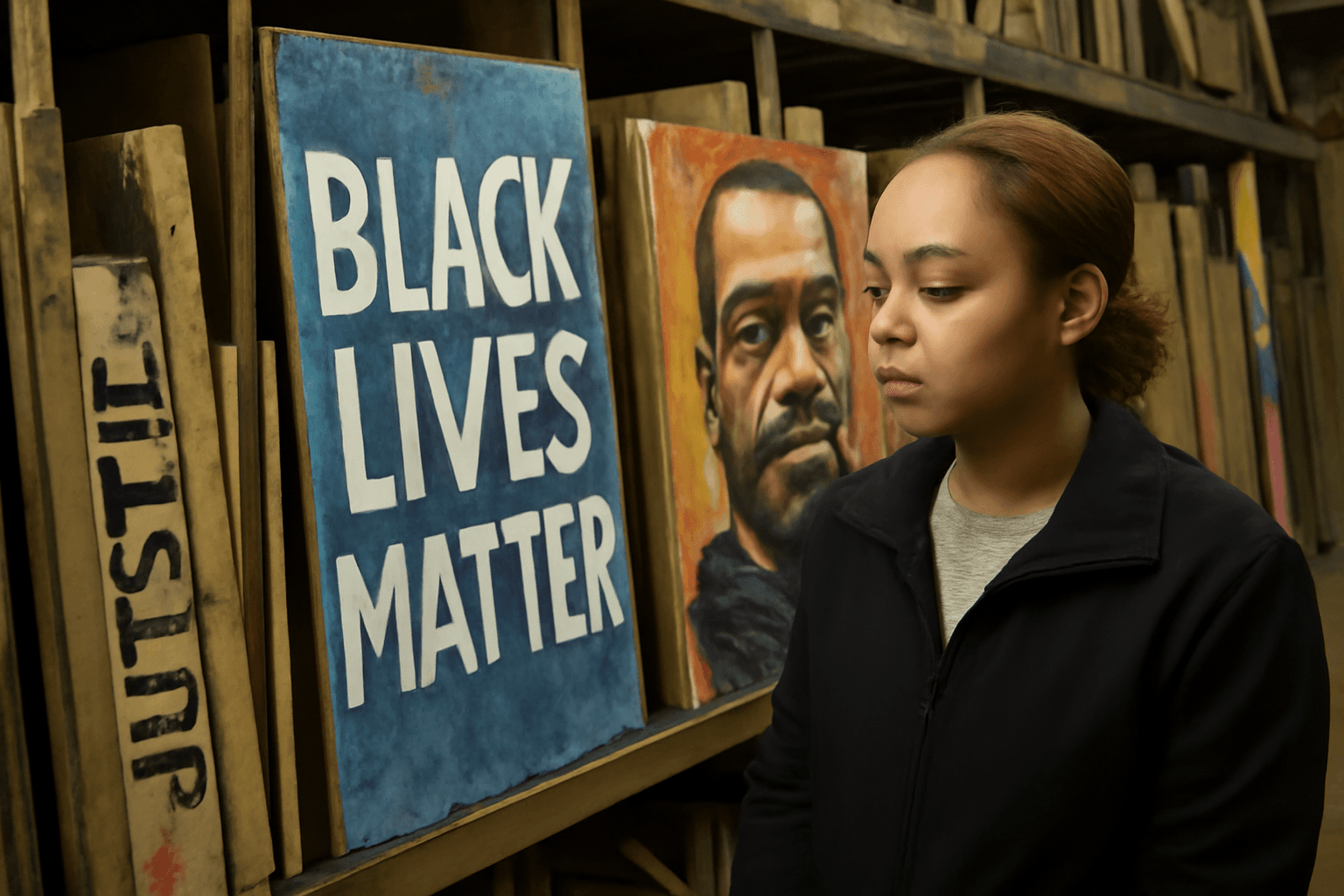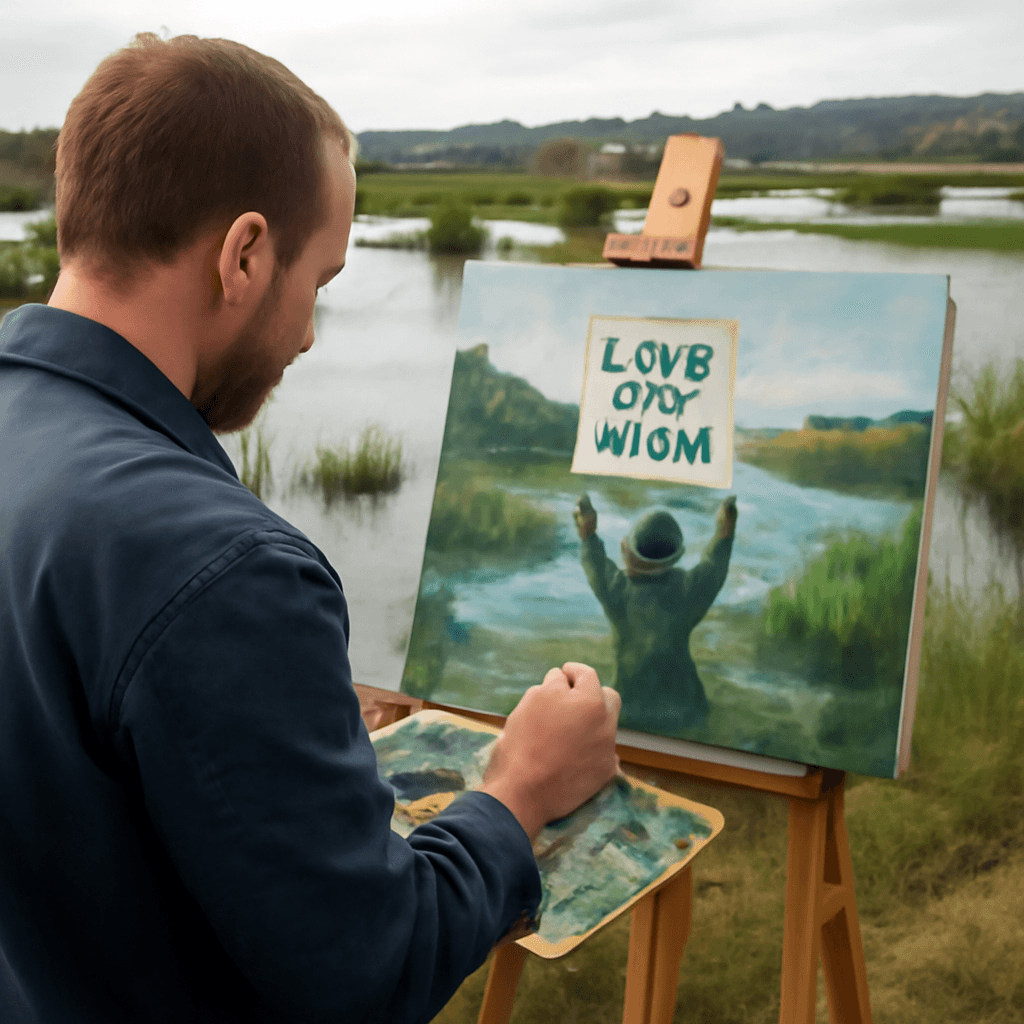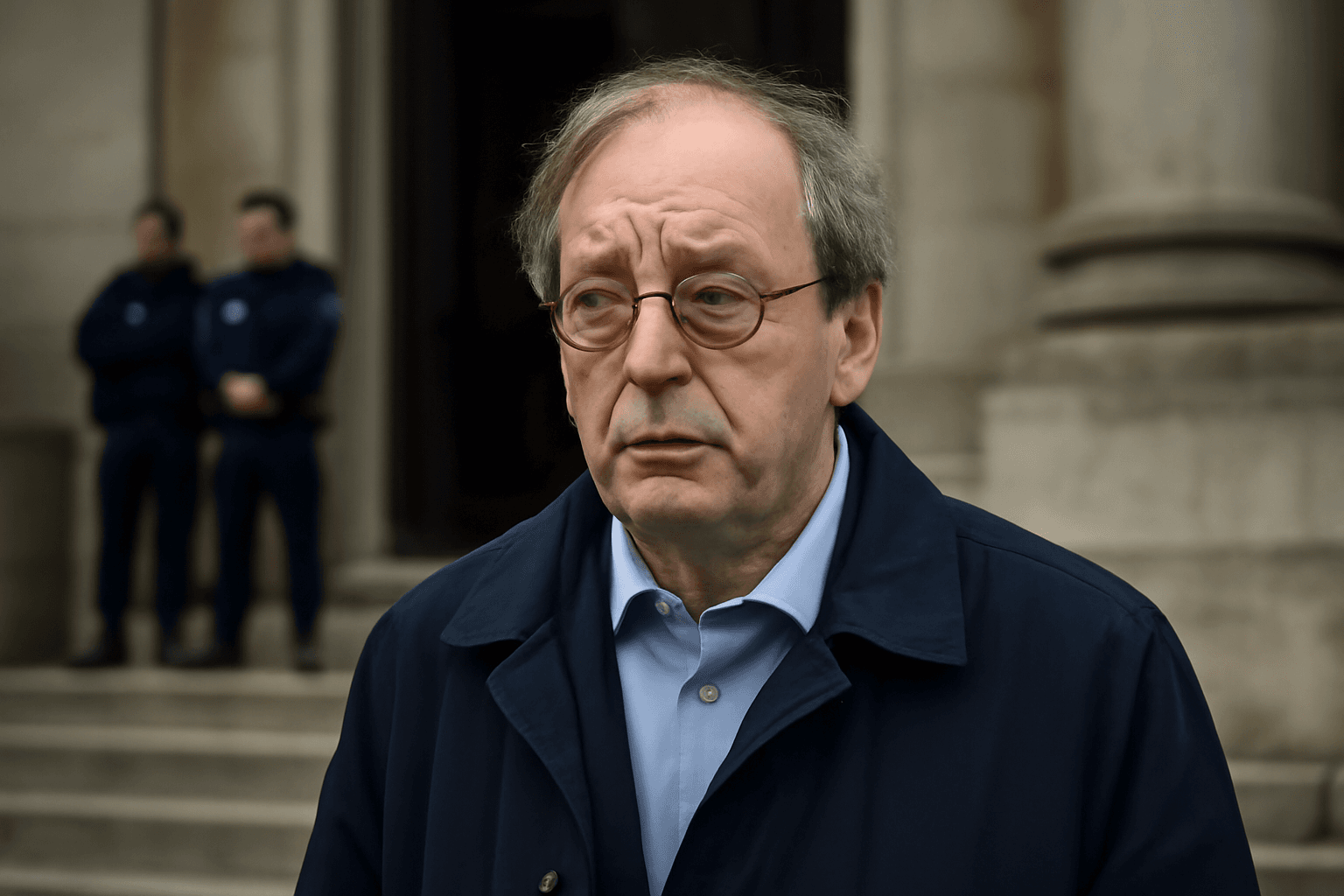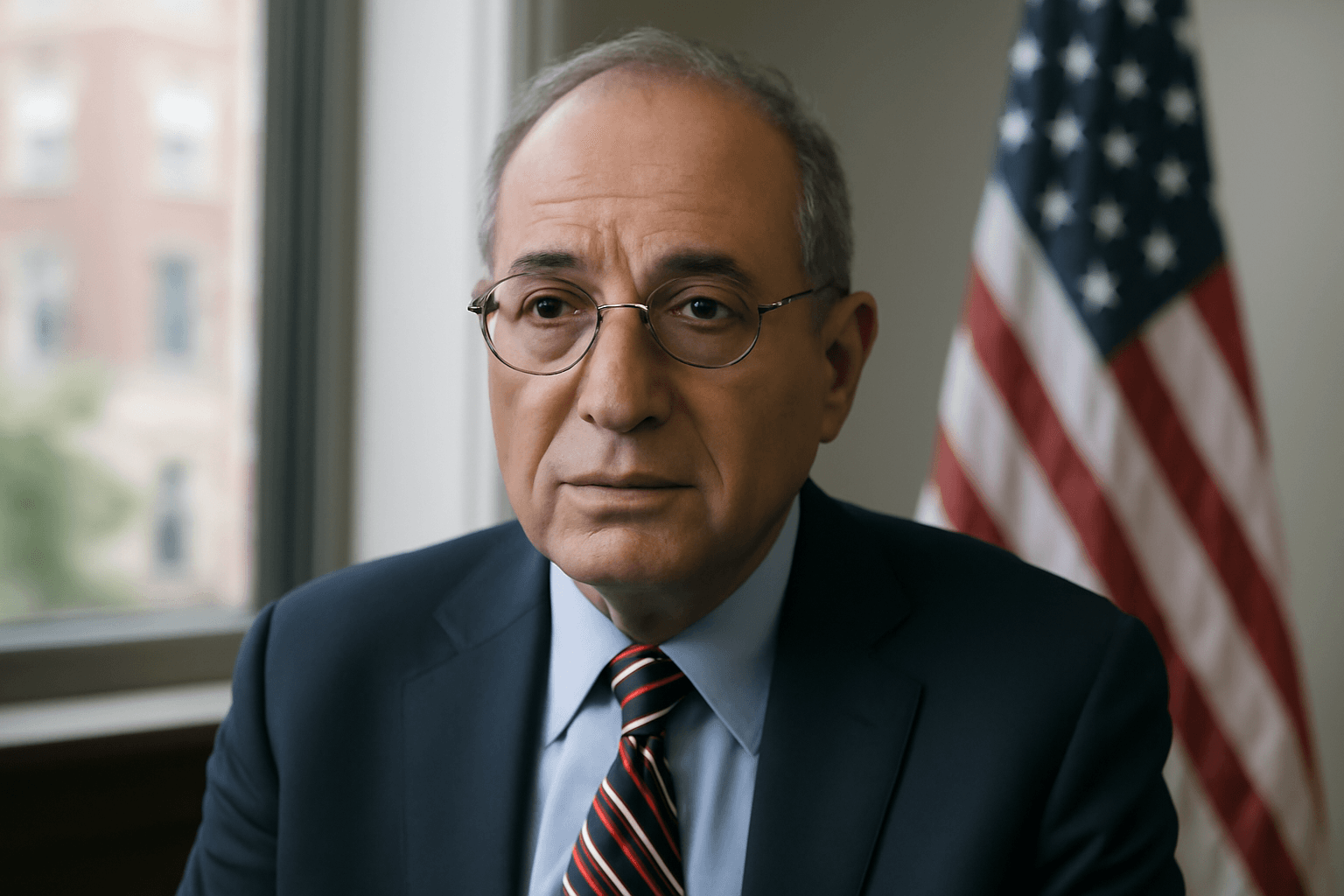Washington, May 28, 2025: In the wake of George Floyd's death and the ensuing Black Lives Matter protests, artist Kenda Zellner-Smith has taken a unique approach to preserving the movement’s legacy. The 28-year-old founder of Save the Boards has collected hundreds of wooden boards that businesses in Minneapolis used to protect storefronts during the 2020 protests. These boards, adorned with slogans, graffiti, and murals, have become a powerful archive of the social uprising.
Stored in a facility two miles from where George Floyd was killed, the boards range from simple plywood panels inscribed with Floyd’s last words, "I can't breathe," to colorful murals symbolizing hope and unity. Zellner-Smith reflects, "Every time I look at them, there's something different I notice. They reignite an energy or a fire that was felt years ago during the uprising."
Motivated by the concern that these protest artworks would be discarded, she began collecting the boards shortly after the demonstrations. Driving around Minneapolis daily after work, she retrieved boards from dumpsters and alleyways. Today, Save the Boards houses over 600 pieces, carefully stacked in storage units measuring 10 by 30 feet.
With the fifth anniversary of George Floyd’s death drawing attention to the ongoing struggle against racial injustice, Zellner-Smith emphasizes the importance of these boards as storytelling tools and symbols of resistance. "Art serves as a form of resistance and storytelling, and it speaks to real, lived experiences," she said. The project faces challenges in securing long-term storage funding, though some pieces have been exhibited publicly and digitally archived.
The preservation effort is part of a broader movement. Another Minneapolis nonprofit, Memorialize the Movement, has collected over 1,000 boards and showcased approximately 50 during a memorial event near George Floyd Square. Organizer Leesa Kelly explains the emotional impetus: "I didn't do this because I was motivated or inspired, I did it because I was experiencing trauma. A Black man was killed. The murals gave me hope."
Community members continue to engage deeply with these artworks. Attendee Darnella Thompson shared, "As a person of color who has experienced quite a bit here in this country, it definitely resonates very much with me. It brings up more sadness than anything because this is continuous."
These protest boards stand not only as reminders of a pivotal moment in American history but also as persistent calls to continue the work toward racial equality and justice.





